© 2025 MJH Life Sciences™ , Patient Care Online – Primary Care News and Clinical Resources. All rights reserved.
To Eat or Not to Eat: A Brief History of Dieting
Take a quick look at this eclectic menu of past and present attempts at losing weight and gaining well-being.
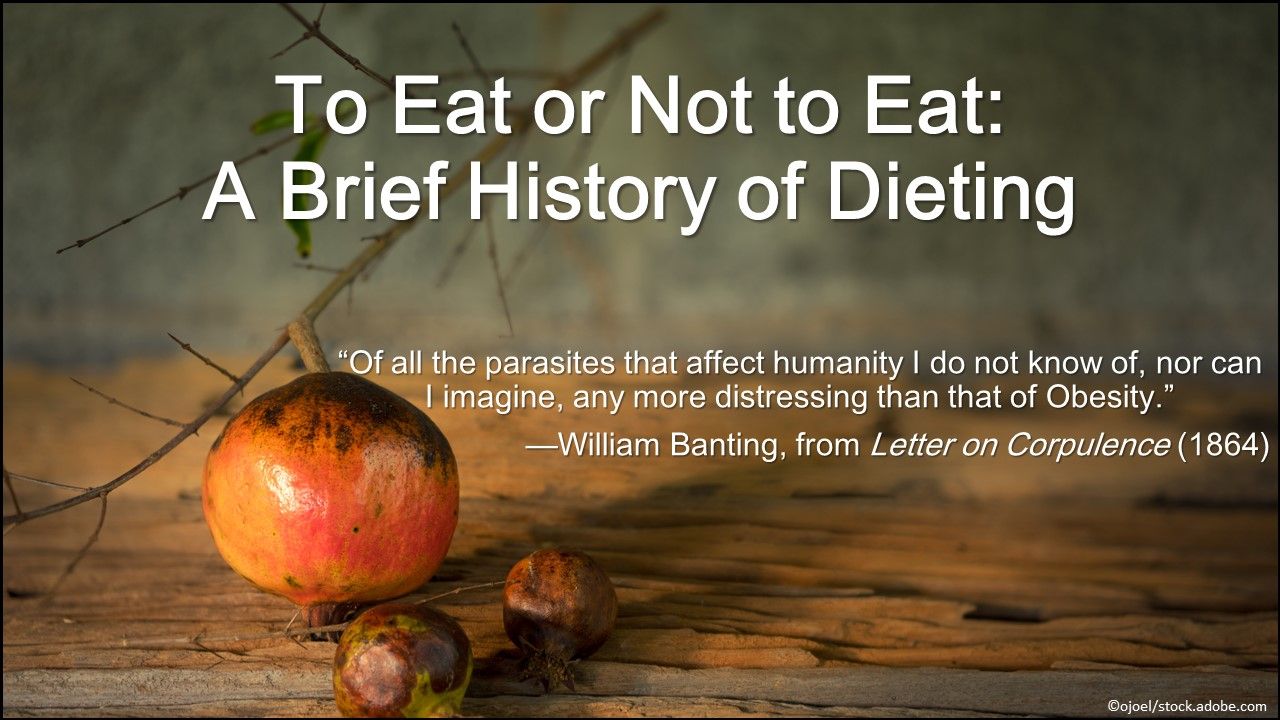
By definition, fad diets come and go. They are popular one day and forgotten the next, replaced by the next hot new thing on how to lose weight and gain good health.
In spite of their fleeting and sometimes unscientific nature, fad diets share an enduring wisdom: A poor diet can cause major health problems, and limiting food intake and making better food choices can offer significant solutions.
“Diet is established among the most important influences on health in modern societies,” said David L. Katz, MD, MPH, and Stephanie Meller, MD, Yale University School of Medicine.1 “Optimal eating is associated with increased life expectancy, dramatic reduction in lifetime risk of all chronic disease, and amelioration of gene expression.”
Fad diets are a phenomenon of modern times, but their origins extend back thousands of years. Click through the slideshow above to see some historical highlights-and lowlights-of dieting and health.
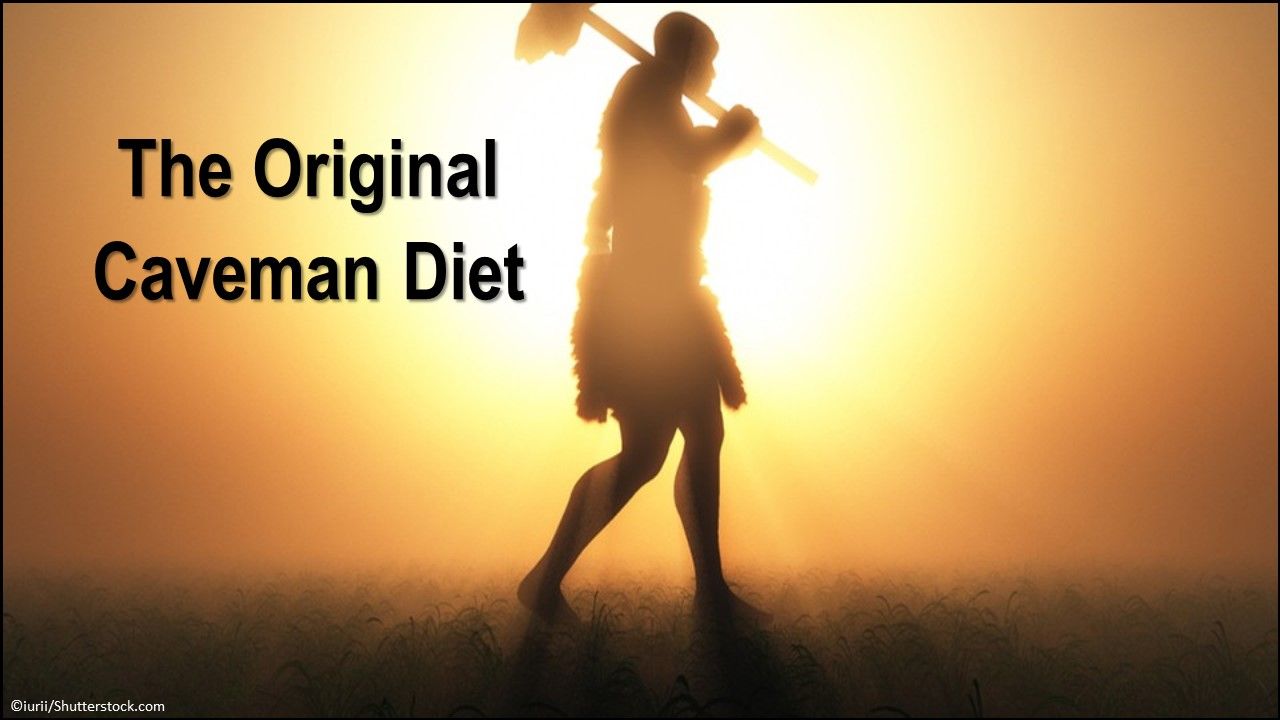
The original caveman diet. Between 2.5 million and 10 000 years ago, humans were hunter–gatherers. In many societies, eating habits featured a high intake of grains, nuts, seeds, fruits, and vegetables, though humans also consumed meat and learned to fish. They probably ate the food they had to survive and did not diet per se, but they may have had an early inkling of the association of eating with the human form: In artefacts dating back to 35 000 BC, women portrayed as being voluptuous were obese.2,3,5
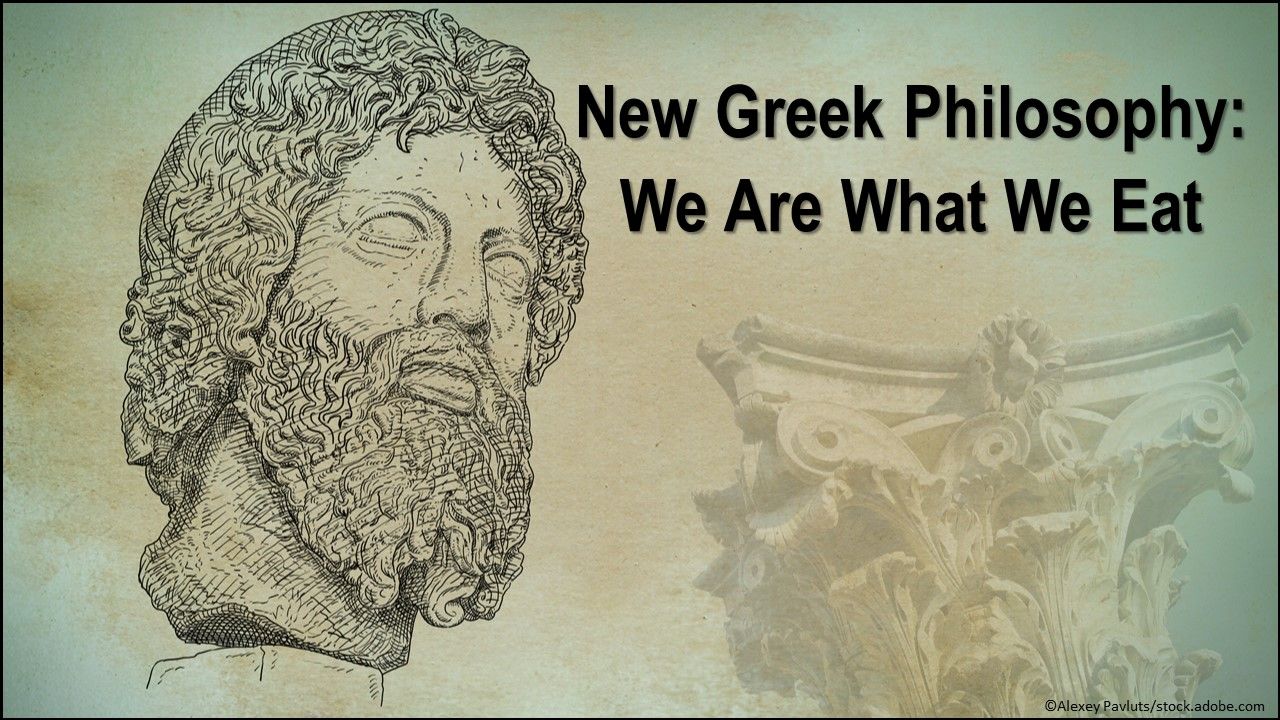
New Greek philosophy: We are what we eat. The ancient Greek diatetica (dietetics) involved not just food and drink, but a whole way of living that included controlling the choice and quantity of food consumed for good health, strength, and beauty. For example, garlic was served as both food and medicine with many believing it could help with fertility, night blindness, and post-treatment. Hippocratic authors addressed the difference between food and medicine, but acknowledged that they were interrelated. Dietetics became the most important branch of medicine, ahead of pharmacology and surgery.4-7
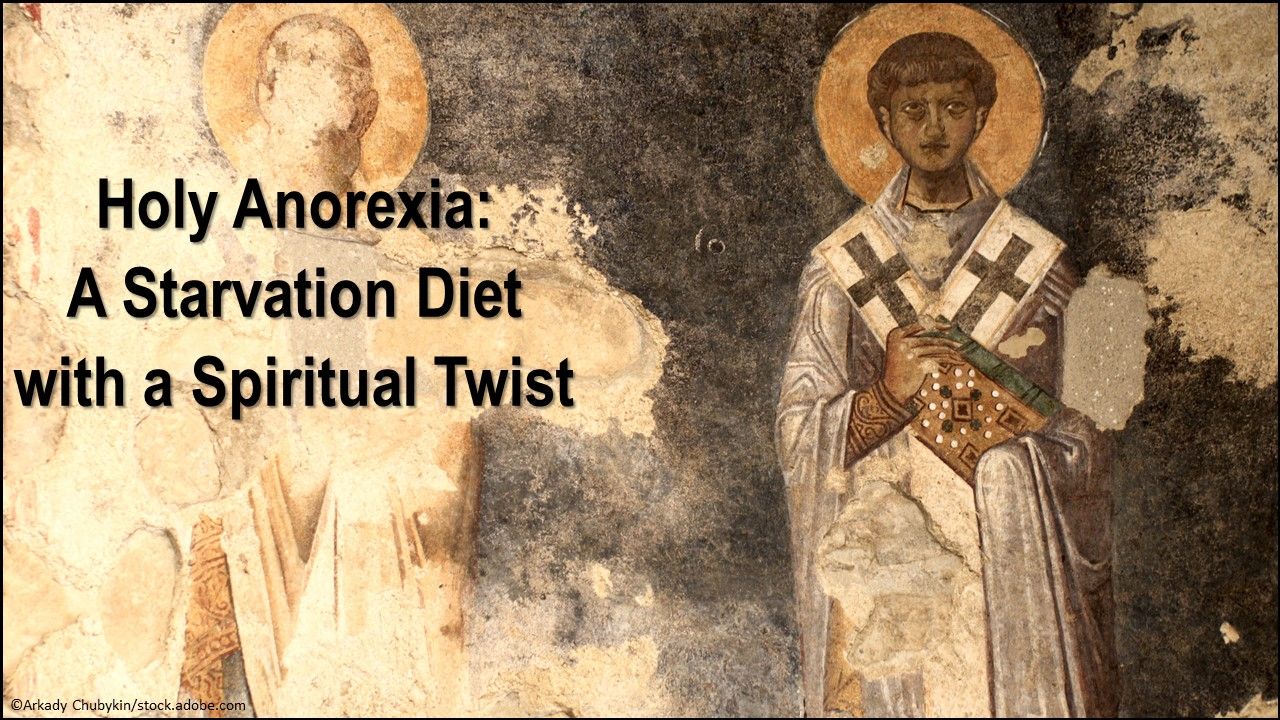
Holy anorexia: A starvation diet with a spiritual twist. Obesity turned into a spiritual issue in the first centuries AD as many Christians, including saints, believed that the physical body was the enemy of the soul and restricted their food intake to achieve a holier state. Their eating disorder, known as anorexia mirabilis, or holy anorexia, became common in the Middle Ages. In 600 AD, Pope Gregory described gluttony-eating too much, eating wildly or eagerly, or simply eating between meals-as a deadly sin.9

New Medieval fare. William the Conqueror became the 11th century “King of the Liquid Diet” when he became overweight and went on a regimen of almost nothing but alcohol. Other diets proposed at this time focused on ideal bodyweight. Avicenna, a Persian physician and philosopher, advised fat and unhealthy persons to eat only bulky food that had little nutrition and move it through their bodies quickly with laxatives and exercise-a solution that is still popular today and still not terribly successful.5,9,10
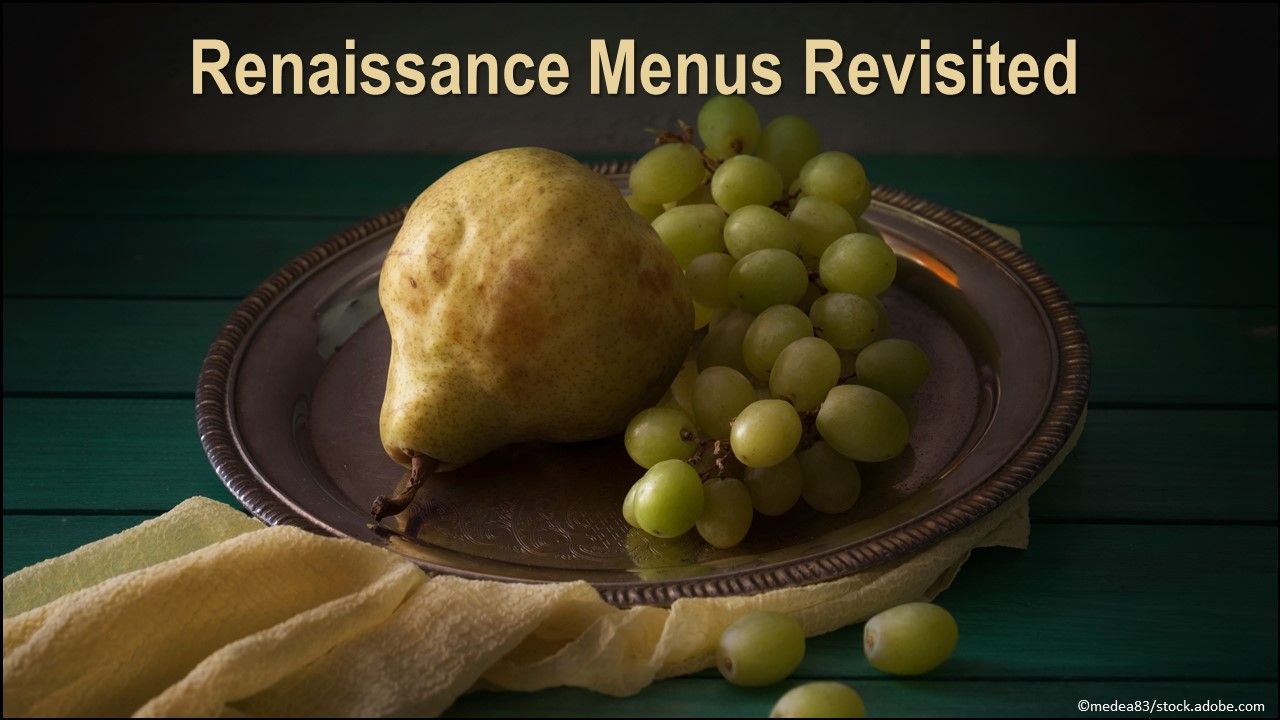
Renaissance menus revisited. Overweight Italian nobleman Luigi Cornaro wrote the first actual diet book, The Art of Living Long, in 1558. He consumed just 12 oz of food and 14 oz of wine per day, advised others to do the same, and lived to age 102, validating the “Immortality Diet” label. In 1614, Giacomo Castelvetro’s book, The Fruits, Herbs and Vegetables of Italy, criticized the English for eating too much meat and sugar and praised Italians for eating fresh vegetables, predating the Mediterranean Diet.9,10
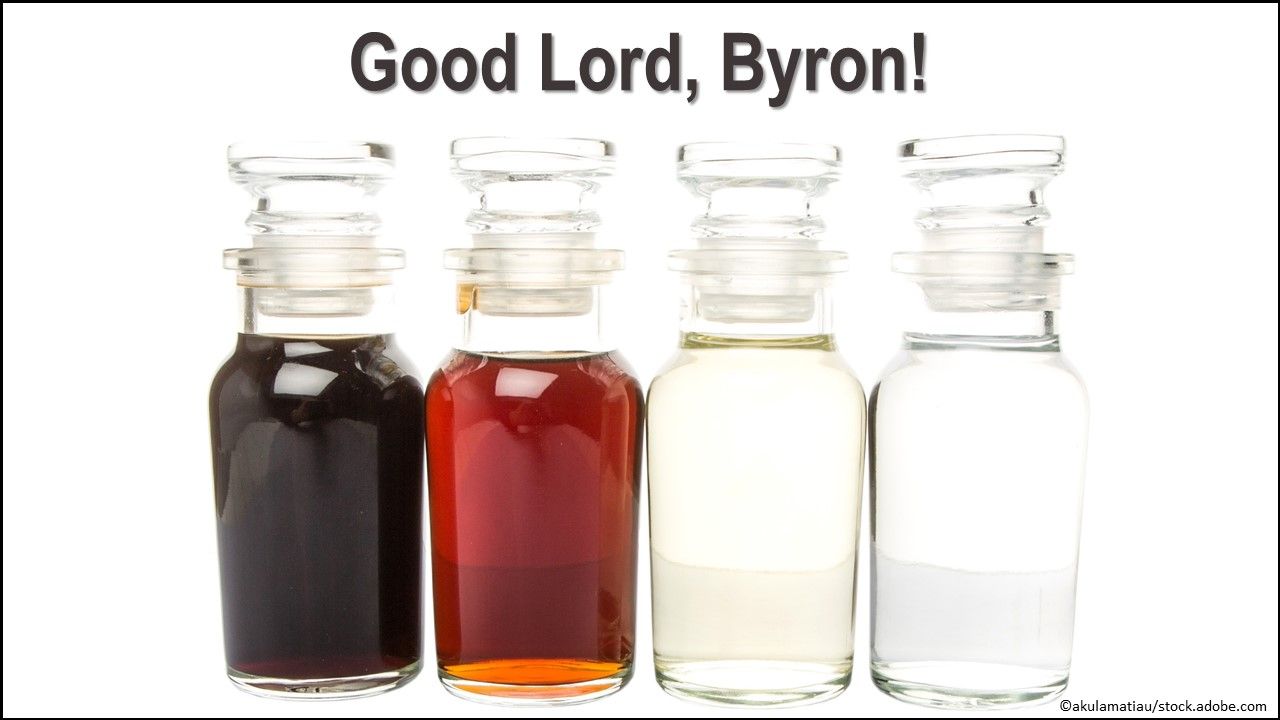
Good lord, Byron! Excess weight became more apparent in the 18th and 19th centuries. Thomas Short offered a neat solution in The Causes and Effects of Corpulence, where he observed that fat persons live near swamps. His big weight loss tip? Move away from the swamp. Another proposed diet called for consuming a bar of soap each night as an emetic. Celebrity diet icon Lord Byron popularized the Vinegar and Water Diet, coaxing impressionable young women to semi-starve themselves to lose weight.5,9-11
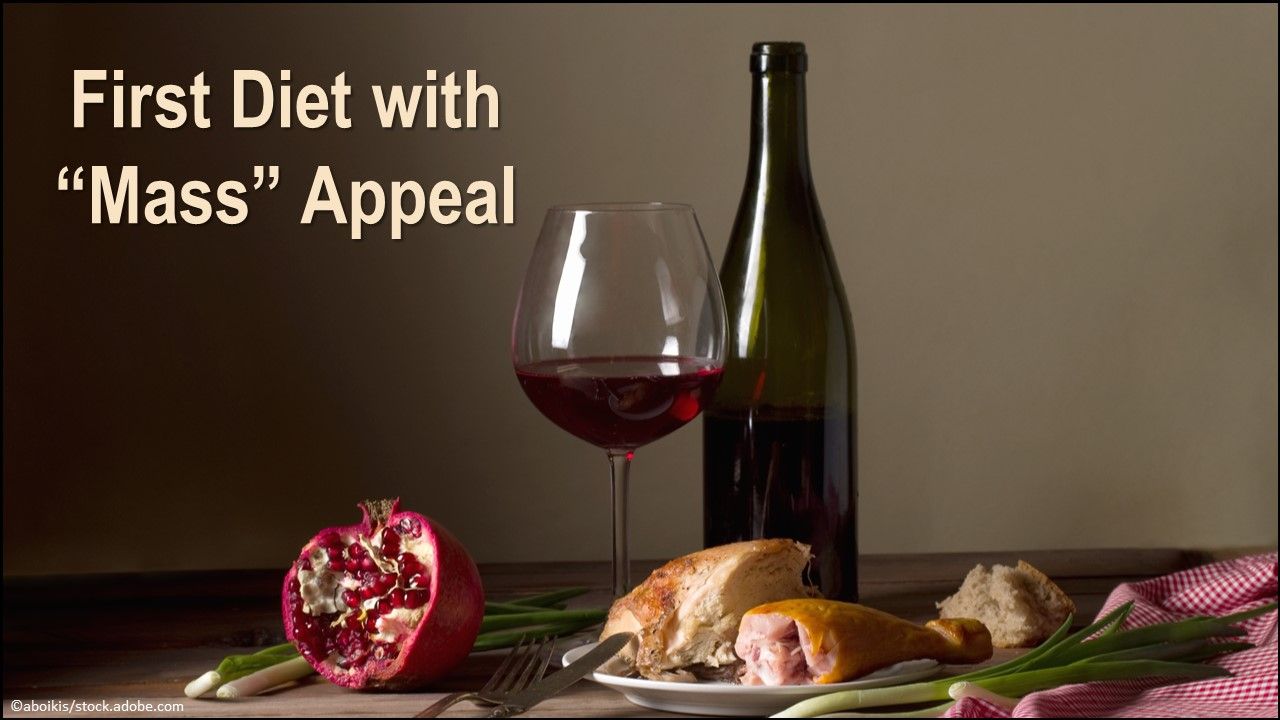
First diet with “mass” appeal. In 1864, William Banting, an overweight undertaker, lost 50 lbs on a diet he invented and published it in Letter on Corpulence. Here he described the ailments he attributed to his former fatness and his dietary recommendations: Abstain from or greatly reduce consumption of bread, butter, milk, sugar, beer, and potatoes and eat mostly meat, vegetables, and wine. The diet had such a huge following, much like modern-day diets, that the term “I am banting” meant “I am on a diet.”9,10,12,13,15
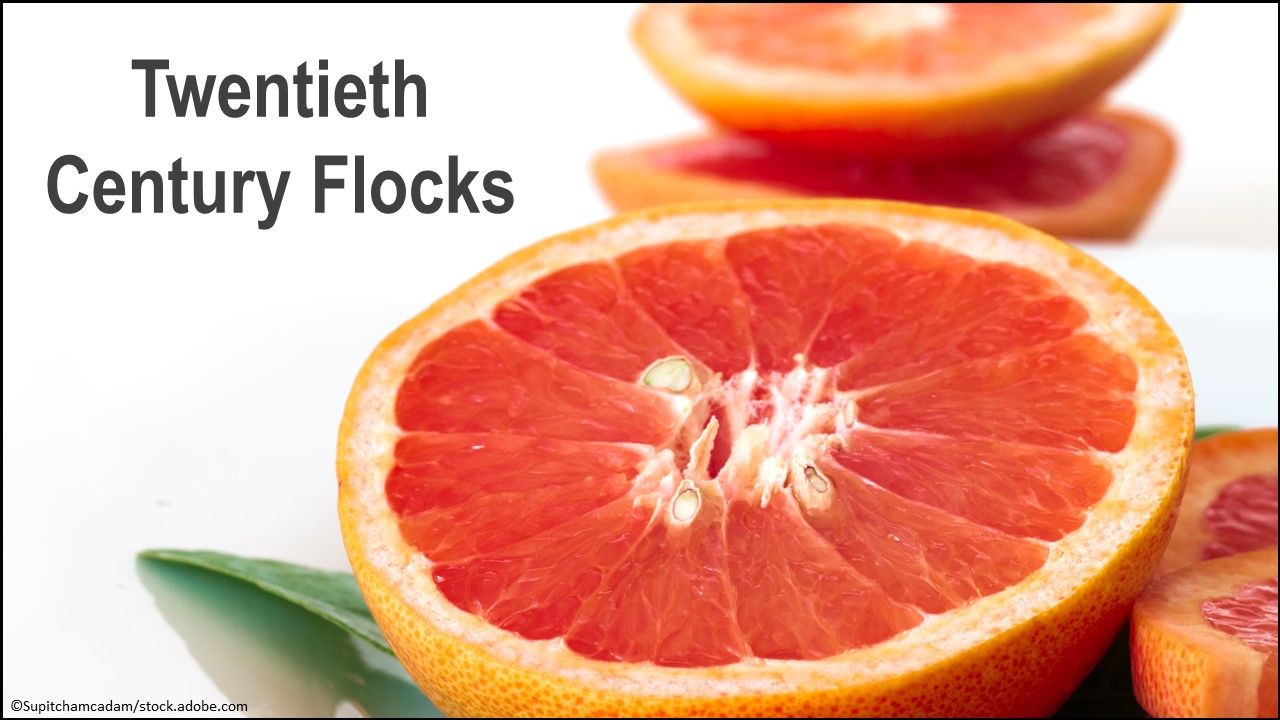
Twentieth century flocks. Throughout the 1900s, weight loss seekers flocked to the latest schemes. In the 20s, women smoked cigarettes to suppress their appetites. Then it was the Grapefruit (Hollywood) Diet, cayenne pepper, and cabbage soup. In the 60s, just when The Doors were performing “Twentieth Century Fox” (“Well, she's fashionably lean…”), Weight Watchers® took over. Then, ephedra was the diet drug of choice in the 70s, SlimFast® took off in the 80s, and The Atkins Diet™ led the carbs fight in the 90s.10,11,14,15
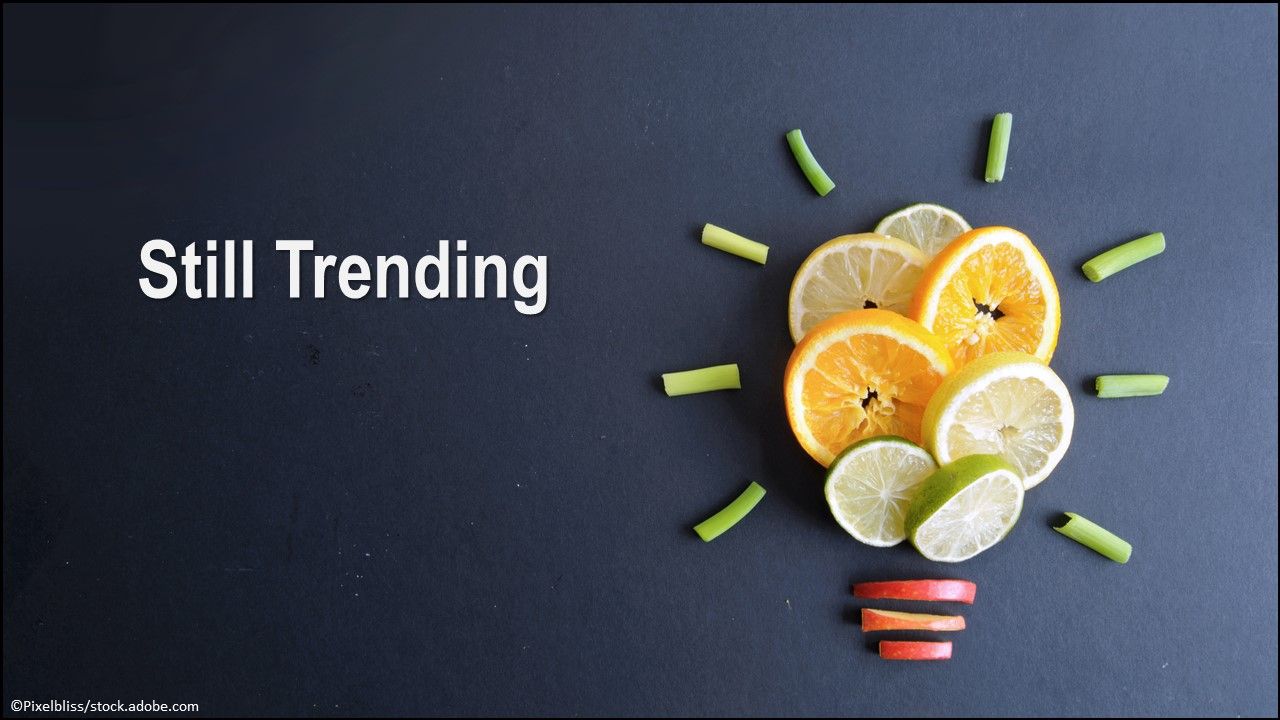
Still trending. Currently popular are the Ketogenic Diet-low in carbs, high in healthy fat, moderate protein; the Alkaline (Tom Brady) Diet-avoid foods that create acidity; and the Whole 30 Diet-consume whole foods for 30 days to eliminate processed foods. Healthy eating styles now in vogue are intermittent fasting and carb cycling. Still trending after thousands of years, the Paleo (Caveman) Diet features unprocessed foods much like those in the original caveman diet.2,14,16 Dieting has surely come full circle!

Diets that rate five stars. US News named the Mediterranean Diet-fruits, vegetables, olive oil, and fish; reduces heart attacks, strokes, and death from heart disease-the best overall diet in 2019. In 2nd was the dietary approaches to stop hypertension diet or DASH Diet, which fights high blood pressure and is praised for nutritional completeness, safety, and preventing diabetes. Also, Weight Watchers® was named the best weight loss diet followed by the Volumetrics Diet-safe, nutritious, and could have a positive effect on heart health.17
For the full list of references, please click here.
